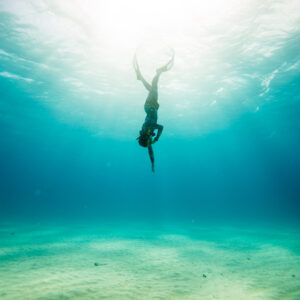There are far more than 10 things you can do on Sal, but this is more than the scope here. 10. Snorkeling. There are great secret spots like Madeira where you can experience the underwater world without large equipment. 9. Buggy tour. Some providers like “No Limit” have good experience with buggies and quad tours. We are happy to pass on the contact details. 8. Jet ski. An exciting experience for everyone. You will find the largest rental company at the port of Santa Maria. Prices start at €90. 7. Salt pans. For many years Sal, as the name suggests, was used for salt mining. These salt pans are now open to visitors and you can even swim in them. It is good for the skin and body and gives a weightless feeling because you cannot sink. 6. Burocona or also called “Blue Eye”. A deep hole at the other end of the island which has become more and more of a tourist magnet in recent years. Personally, I would not go through the effort to see a reflection in the water. 5. Funana Casa da Cultura. This restaurant also has a museum and the boss, Walter, can rave about music and history like no other. And he’s German and has been happily on Sal with his wife Milu for 35 years. 4. Freediving. Yes, that’s available here too. Dive on a rope into the deepest parts of the island with experienced guides. 3. Brasil Bar. A small, inconspicuous bar that has become an integral part of this island. An institution for all Sal lovers.
“ Some have claimed it's the kite capital of the world ” Brian - Photograph from Germany
2. Ponta Preta. A place full of power and spirituality. But dangers also lurk here. Curious? Well then, let’s go. My number 1 on this list is Kite Beach. It’s international here. Kiters, wing foilers, surfers and their friends and fans come to this spot on earth from all over the world. Some have claimed it’s the kite capital of the world. So nothing stands in the way of an exciting time.


The History of Music in Cape Verde
Cape Verdean music and folklore are deeply rooted in the rich culture and history of the islands. They reflect the influences of the different peoples that have shaped Cape Verde, including African, European and Creole elements.




